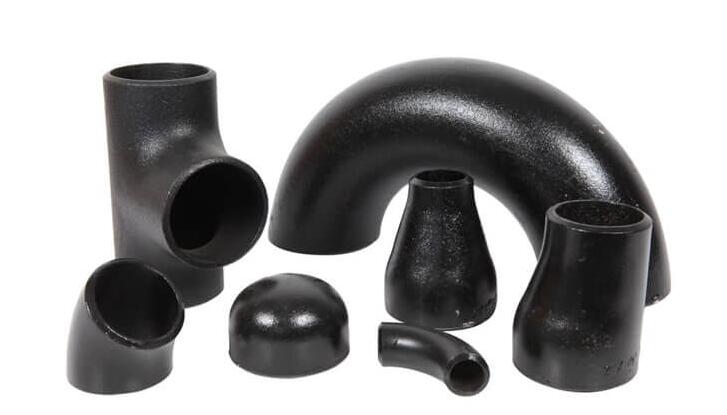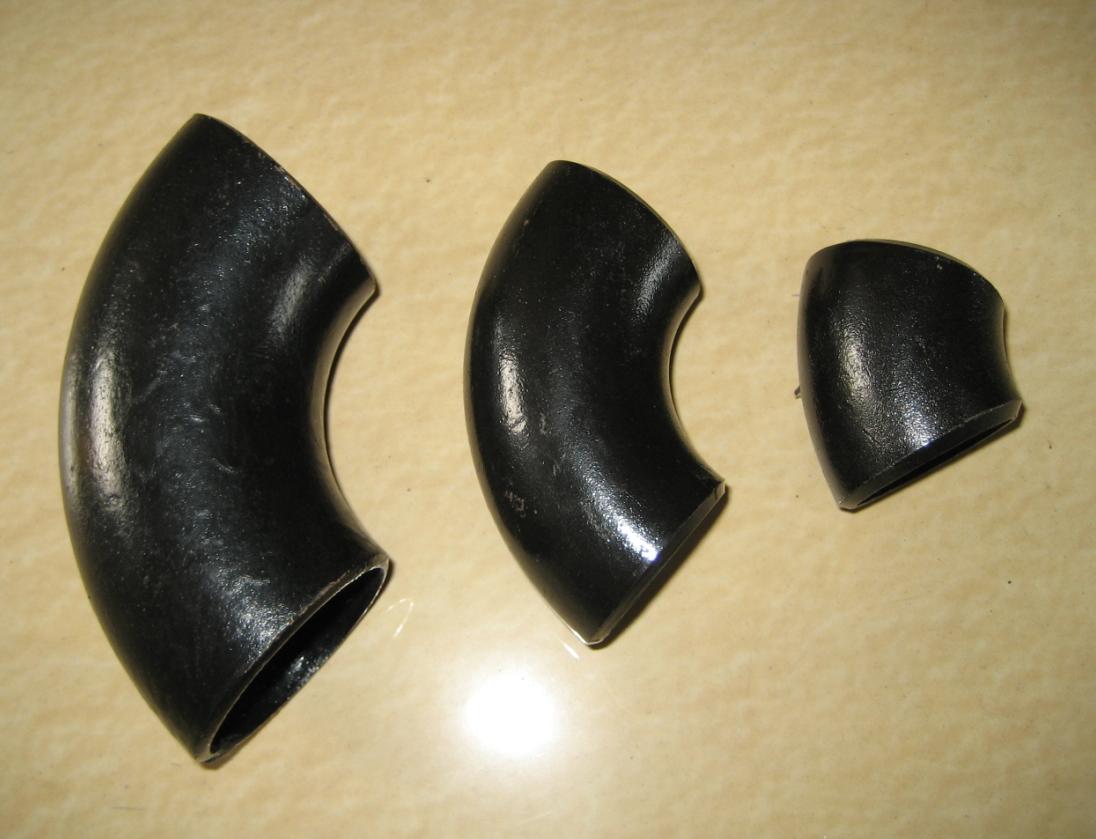What size is a 90 45 180 degree stainless steel elbow?
What is the ASME standard for elbows?
The difference between 45 degree elbow and 90 degree elbow
What is the difference between a 45 degree elbow and a 90 degree elbow?
It ranges in different types as per body material there are stainless steel elbow, carbon steel elbow, and alloy steel;
As per fluid directions there are 45 degree , 90 degree elbow and 180 degree; As per elbow length and radius there are short radius elbow (SR elbow) and long radius elbow (LR elbow)
Available in many materials like silicon, rubber compounds, galvanized steel etc, they connect rigid or IMC circuit together to allow for 90 degree bends.
The main application area of an elbow (90 degree) is to connect hoses to valves, water pressure pumps, and deck drains.

What is the ASME standard for stainless steel elbows?
ASME B16.9:
- Title: Factory-Made Wrought Buttwelding Fittings
- Scope: This standard covers overall dimensions, tolerances, ratings, testing, and markings for factory-made wrought buttwelding fittings in sizes NPS 1/2 through NPS 48 (DN 15 through DN 1200).
Within ASME B16.9, you’ll find specifications for various types of fittings, including elbows, in different materials and dimensions. It covers aspects such as material requirements, dimensions, tolerances, testing methods, and markings for these fittings.
It’s important to note that ASME B16.9 is just one of the ASME standards relevant to pipe fittings.
Depending on the specific application and requirements, other ASME standards, such as those related to materials, pressure ratings, or specific industries, may also apply.
When working with carbon steel elbows or other fittings in a piping system, it’s essential to refer to the specific ASME standards applicable to your project to ensure compliance and safe operation.

The difference between 45 degree elbow and 90 degree elbow
Certainly, here’s a representation of the standard sizes for 90°, 45°, and 180° elbows commonly used in piping systems.
The dimensions are provided in nominal pipe sizes (NPS) and corresponding outside diameters (OD):
| Elbow Type | Degree | NPS | Outside Diameter (OD) |
|---|---|---|---|
| 90° Elbow | 90° | 1/2 | 0.840 in |
| 3/4 | 1.050 in | ||
| 1 | 1.315 in | ||
| 1 1/4 | 1.660 in | ||
| … | … | ||
| 45° Elbow | 45° | 1/2 | 0.840 in |
| 3/4 | 1.050 in | ||
| 1 | 1.315 in | ||
| 1 1/4 | 1.660 in | ||
| … | … | ||
| 180° Elbow | 180° | 1/2 | 0.840 in |
| 3/4 | 1.050 in | ||
| 1 | 1.315 in | ||
| 1 1/4 | 1.660 in | ||
| … | … |
What is the difference between a 45 degree elbow and a 90 degree elbow?
Certainly, here’s a representation of the key differences between a 45° stainless steel elbow and a 90° stainless steel elbow commonly used in piping systems:
| Characteristic | 45° Elbow | 90° Elbow |
|---|---|---|
| Degree of Bend | 45° | 90° |
| Directional Change | Moderate change in direction | Significant change in direction |
| Flow Disruption | Less abrupt; milder impact on fluid flow | More abrupt; may cause more turbulence |
| Space Requirements | Requires less space for directional change | Requires more space for directional change |
| Stress on Piping System | Applies less stress on the system | Applies more stress on the system |
| Common Applications | Used where a moderate change in direction is needed | Common for sharp turns or right-angle bends |
| Flow Characteristics | Generally smoother flow transition | May cause more turbulence in the flow |
| Piping System Layout | Suitable for systems with limited space | Commonly used in systems with larger space availability |
| Pressure Drop | Generally lower pressure drop | May result in a higher pressure drop |
| Aesthetics | Offers a gentler curve | Forms a sharper angle |
